|
I wrote this blog post some time ago. Due to time pressure with working on film things I set it aside. When I returned to doing this series I could not find this article anymore. I had forgotten to rename it and it existed as "Untitled 34" on my hard drive. After a bit of hair pulling I sat down and wrote a whole new article! Of course, now that I have spent twice as much time working on these I found the original article hiding in plain sight. Although the two blog posts deal with the same subject, they do so in subtley different ways. Those interested in looking in depth at OD&D and the How and Why of the game may find both articles interesting. I will go ahead and post this one and then post the second version later. I feel like this post needs a lot of editing, yet if I edit it I may alter it so much that it will evolve into a copy of the second article. It's best if I just publish these ideas as they are, warts and all - Griff Links to all the other articles in this series can be found here: www.secretsofblackmoor.com/blog/feeling-ones-way-into-how-odd-works https://www.secretsofblackmoor.com/blog/feeling-ones-way-into-how-odd-works-2 https://www.secretsofblackmoor.com/blog/feeling-ones-way-into-how-odd-works-3 Tonosiborg cover art by Ken FletcherHow the Wizard Gets the Short End of the Wand It's been some time since we spoke about OD&D and what seems to be going on within the design. When I left off discussing combat I talked a bit about things like built in NERF and how attributes for basic classes were an abstraction. I also talked about Back Loading as being the special and unique expansion point for characters within the mechanics. The only direct combat benefits players get as Front Loading are a minor bonus for missile weapons and bonuses from magic weapons. With the publication of D&D Greyhawk supplement I, the system takes on a huge overhaul. Yet due to keeping many of the original concepts such as attributes and classes it also just takes on more kludge. No one really likes to say it, but D&D is a big mess from day one. Some will argue that AD&D fixed it, but really all it did was organize the kludge and add more NERF. Garbage in - Garbage out. Newer editions have moved closer and closer to creating an all purpose mechanic that can be applied for everything as a challenge roll. Of course the newer editions fix the kludge, but they also pander to player experience in the form of really heavily NERF'ed systems. Sorry folks, but if you analyze 5e what you see is a broken system because it is so weighted toward players. As a good example take the character sheets for all the players in your campaign and see what the odds are for each of them succeeding in a roll to find a hidden object. If everyone is looking it's not likely anything will ever remain hidden, so why bother hiding things or even rolling for them? -I am going to keep being snarky about NERF in RPGs because I feel it does not need to be there at all- Also, consider that Tunnels and Trolls was probably the first game to create a well written and cohesive set of rules. Or, that other systems would arise that use skill purchasing as a form of advancement. Front Loaded Combat Bonuses for Fighters At last, a cure for all those hidden Back Loaded bonuses like Hit Points and Armor Class. Because the Back Loading that was present in the original game didn't feel right to players, and also because the abstraction of having attributes having almost no impact in game play, Greyhawk added several things to the combat system that specifically help fighters: the Attribute based Strength Chart; different hit dice for each class; and weapon based damage dice. As you can see the ranges for Strength values grant Fighters bonuses when fighting. What's more, the 18 Strength Fighter makes a second percentile dice roll and may end up being super duper powerful. Enter the Str:18/00 Fighting Tank; I've never seen anyone roll one up in all my time playing since the odds of hitting an 18 on 3D6 and then a 00 on percentiles is less than 1%. Now players had something special to work with and what that special amounts to is more NERF'ing in favor of the players. A first level fighter with a +2 attack bonus is now fighting as accurately as a 4th level fighter in OD&D. The 18/00 first level Fighter is attacking almost as well as a 7th level character; if you can find a +1 sword *POOF* you are now starting as a 7th level warrior. A good Strength roll also gives a character added damage, so the damage die roll averages are now higher. Since Wizards are likely not very high on strength they won't be getting any bonuses in combat. More Back Loading for Fighters Page 8 in Greyhawk has an interesting description that implies a lot about what character could do, yet is not explained "Dexterity affects both the ability of characters to act and react and fire missiles." Somehow you can use dexterity to do things, which implies the use of die rolls vs. an attribute per the unwritten Arneson rule in my previous article. This section then goes on to give fighters even more bonuses with this passage "Fighters with dexterity of greater than 14 can use their unusual manual dexterity to attempt to dodge and parry opponents' attacks." It goes on to say that for every point above 14 they gain a +1 on defense. This is unclear as to how it is applied. I am inclined to think it simply raises a fighter's armor class by up to 4 points. That's right, an 18 dexterity fighter with plate armor and shield is now defending as a -2 armor class which implies that no 1 hit die monster can hit them. Or??? You can cluster weak monsters into a single attack of more Hit Dice for just one die damage. Magic User's are you feeling weak yet? Wizards and the Curse of the D4 A lot changed for M.U.'s in Greyhawk. New spells were added and some spells got tweaked a bit. Those who read closely would know that their Magic User could create a familiar called a Homonculous. Sadly, this little creature is hidden on page 68 under the corrections. Most players overlooked them. After much reading I found it and Berlini the Great always had one on his shoulder! The fundamental weakening for M.U.'s came through the hit dice and the weapon based damage. M.U.'s are only allowed to use a dagger as their combat weapon, and their hit dice accrue more slowly in OD&D. In fact the experience level gain for a wizard is much slower than any other class. Wizards don't become an interesting character until they have several spells per game session, otherwise they are more like the kicker in a game of football and only get brought on under special circumstances. On the front end of combat, damage has changed as Fighters now get to use 8 sided dice with swords and M.U.'s are limited to 4 sided dice with daggers. This means that the 1st level wizard has a very reduced chance to get a killing blow on a 1st level monster like an orc. On page 10 of Greyhawk a change in hit dice is listed as such: Fighting men use 8 sided dice, Clerics use 6 sided dice, Magic Users use 4 sided dice. (The new Thief class use 4 sided dice as well.) As you can see, the lowly M.U. is now also losing out on the back end of combat by having even less hit points. In OD&D normal men, even a farmer or store keeper would get 1d6 hit pints and still do at least 1d6 damage. Compare this with Magic Users who are now so severely penalized with D4's that the entire class should just be renamed to the Nerd Class as they no longer can fight as well as a lowly begger on the street! If you add it up now, the 1st level M.U. only has 1-4 hit points, can only do 1-4 damage, and worse of all has no armor. Lets hope she can find some magic goodies along the way, yet even a single arrow shot spells death for her. MEDIC! In OD&D the Cleric is a very much overlooked character class. Spell advancement is delayed, yet they help add much needed fire power to the front lines as they can wear armor and do the same amount of damage. Greyhawk reduces their hit points and their weapons now do less damage. Their focus is now as the healer for the party. The only designer who really explores Clerics in a D&D style game is M.A.R. Barker. Empire of the Petal Throne comes complete with deities and temples and most of all, a little chart that can be used by clerics of any level to pray for divine intervention. If you play OD&D, it's worth lifting this one chart and adding it to your game. The Class System The Class system is actually a clever idea. Each Character has a specific profession that comes with inherent ability in a variety of skills. What the classes do is eliminate the potential for the Min Max that happens in Skill Based systems. It is a good concept so long as it is kept to a minimum. Greyhawk added two more classes, the Paladin (FTR sub class) and the all new Thief. With 5 classes total the system is still bare bones enough that neither of these classes break the system fully. In fact the Thief class added a much needed technician type to the mix. It's sort of amusing we ended up with thieves as I've rarely seen thieves act like thieves on a typical dungeon dive. Perhaps a mechanical scholar type would be more interesting as most thieves would hang back until a party needed someone to go open a treasure chest or fiddle with a lock. Mixing Metaphors What these new classes do is kludge things up enough that some of the original concepts in OD&D are now being swept aside as the design moves to a more direct approach. This goes back to what I described as Abstract vs. Linear design. OD&D treated attributes as a form of potential rather than an actual value. How the values broke down in terms of bonuses was in the form of ranges, low, below average, average, above average, gifted. Yet most gamers did not see through the values they wrote down for their characters as being a function of die roll averages and wanted something more linear. X value = Y bonus, and we gamers want to see it affecting our hit probs! I've got an 18 on my attribute, that should be worth something extra! Yet more modification to die rolls. i.e. Attributes modify even more die rolls. Thus once Greyhawk arrives with it's incremental attribute charts the original concept for classes of using Attributes toward one's ability to advance in experience is now being broken. It's good design, from the perspective of user experience, to switch away from classes and prime attributes toward this direct interpretation of attributes and front loaded bonuses, yet what it also does is create artifacts within the system. And when I say artifacts I mean Kludge. There are many things within the rules that could easily have been reworked more elegantly, yet what one sees in OD&D, the Supplements, Basic Holmes edition, and AD&D are essentially the exact same concepts that are merely being fiddled a little bit and carried forward. As an example lets look at the door opening mechanic as it is used frequently during a dungeon adventure. It isn't part of a unified game system. It is a lot like what one sees in how Chainmail is written. There is a core mechanic and then there are all these conditional and provisional rules that dangle out in conceptual space. For those who are computer programmers this kind of sloppy design is just plain bad programming. Consider that Perrin created a simple, effective, and fast playing game with his original design of Chainmail for massed combat that was published in Domesday Book. Arneson created a simple, effective, fast playing system that he printed out as the first draft of Don't Give Up the Ship. Yet those simple systems were too small to be a good game product. It's hard to charge 5 bucks for a 12 page book. Thus a lot of Klunk got added into both games to increase page count and also to fiddle the rules in order to cover specific troop types and historical battles. It's the same with all things after OD&D. Despite the fascination with the new fangled dice, door opening is done on a six sider. You roll the die and on a 1-2 the door opens. Of course part of this klunk comes from the plug and play style of the era. Gygax had Megarry's Dungeon! board game to look at and it had a rule for door opening, so that is how the Klunk just slides right into the design. Gygax and Arneson were clever and OD&D's design is a lot like object oriented programming. Why redesign a component when you can simply plug one in from another game? With Greyhawk the Strength Chart adds an incremental door opening ability that is still based on the D6. Even in AD&D it doesn't change much either. There's a Reason for the Klunk If anything, added Kludge and Klunk was seen as cool in the early days. A lot of games were produced that would come with special charts for special conditions and that was sort of exciting for us consumers. We were proud of our 'Nerd Powers' then. Being able to memorize and rattle off obscure rules gave us 'Nerd Bragging Power' too. It hasn't really changed in newer editions. Also for many designers these weird rules did not seem awkward. Unified Design Was Not Unknown In those Early Days The game rules Dan Boggs found that are most likely written by Richard Snider reveal that even before D&D is published such concepts as having one universal mechanic are already being considered. The tiny reference to door opening in those rules reveals that a character should treat it like an attack vs. a wizard. Thus as one gains ability in fighting, one is also gaining ability in door opening! and many of the attribute mechanics involve mathematical equations which is very much like what one sees in many later games where you tally a character's bonuses vs. a monster's bonuses to get a a number you test for a hit or miss. Another missing design concept is non binary rolls. Everything in earlier D&D, with the exception of things such as turning the undead by Clerics, morale, or the intelligent sword rules all of which can have a variety of results, is always a binary roll. Get equal to or greater than the value and you succeed and if you don't it's total failure. Contrast the Binary form of the OD&D rules with how Greg Svenson uses attributes with a chart for more nuanced results when players attempt to wear one of the crowns of power. Play Balance It's likely the primary reason that M.U.'s get the shaft is because of the lingering concept of Play Balance which comes out of war games, yet RPG's are not war games. Many of the war game systems were leaning toward ways to balance a game so that each side in battle would have an equal chance of winning. Most common were the army point buy systems for creating a balanced scenario. I personally find David Wesely's ideas on War Gaming to be the most interesting, as his approach has more to do with variable results rather than fixed set ups. Thus a scenario would have hidden objectives. A good example is the delay scenario which can be seen in Secrets of Blackmoor. This was a huge napoleonic set up. There were over a thousand figures on the table. Each side was briefed secretly. The Russian team's objective was simple: Advance the army down the road and try to get as many troops to the besieged city as possible. The French team was supposed to block the road and stop those troops from arriving at the off board city. Yet there is a problem, as the Russians already are on the road. That kind of unbalanced game objective is very flexible. If the russians can get half their troops off the board, they still win a partial objective. We are no longer looking at the typical Zero Sum even in a two sided game. Instead our goal is based on the scope of our success which may have nothing to do woth the scope of the opposition's success. With D&D certain elements of balance are applied to the game. I am sure many of you have noticed how absurd it is that each dungeon level has more and more powerful creatures. It works because 1st level players need a toddler level experience or they all die. Yet when you look at it, it is a bit ridiculous. And as I've said before, these dungeon level balance concepts come from David Megarry's game where deeper you go the worse it gets. Yet his reason for having balance between players is because his game, is at its core, a race game where players compete against each other for point totals. These ideas of balance were also applied to the classes in order to make a character of one type be equivalent to a character of another of the same level. Again, Megarry had a victory point system with more powerful characters types needing more points. In OD&D each class had a different experience track and Magic Users were on the slowest one of all. On the plus side, the characters being somewhat balanced across classes were also kept fairly balanced to the monsters. Sure there is a little bit of NERF'ing, but over all it's fairly even. If you play a lot of different systems, not all of them require balance. Yet as D&D grows away from the Living World concept I described in a previous article, the demand for an increase in player enjoyment creates greater and greater amounts of NERF'ing from one edition to another. This kind of HEAVY NERF is likely an influence coming from computer games where the only thing that matters is enjoyment for the average player without any regard to any kind of simulation of reality, or universal game balance. Detail from Tonisborg Dungeon, level 10 "The Scholars Crown" by Greg Svenson Is the System Changing or Staying the Same?
The core of this entire discussion is about the parallel development for how Classes gain, or lose ability through the addition of the attribute based bonus charts and whether or not classes merely use their attributes as an indicator of their ability to learn and advance more quickly. The Abstraction vs. Linearity debate. Well, the answer is simple -- Both systems remain in place. We know this because the new Thief Class gets no bonuses to ability based on Dexterity. Any Thief performs all their Thief abilities in the same manner. The only effect above average and gifted values will have on the character is through bonuses to Experience Points. The previous Abstraction from the OD&D books is even expanded, as dwarves, elves, and half elves are allowed to reach higher levels based on prime attribute scores. Again, is this an abandoned concept after all? Just to pound a core concept home, the hit die change is a complete oddity. Average men are supposed to use six sided dice for hit points. Even your average peasant has 1- 6 hit points. Yet M.U.'s and Thieves only get 1-4. Our monsters are still using six sided dice as well, unless you note the suggested d8 in Greyhawk, yet our fighter has gotten boosted up to the eight sided die! When Monster Manual comes out in 1977. It too advises using a d8 for monsters, which allows for the use of d4s for half hit point monsters. This makes sense. Yet within 2 years Fighters get the NERF once again and get d10s! OD&D is Perfect Each of these two approaches make no sense when used together, it's just an anomaly of the OD&D system. Since trying many games over the years I've come to realize that most game systems try to solve problems encountered in OD&D by using other mechanics, yet with the addition of more complexity comes the addition of new problems. The situation is one of playing a huge game of Whack a Mole; beat this one down and another pops up over here. Consider that it's been nearly 50 years and all the designs since are still trying to solve the issue of: Streamlining v. Kludge Mechanics. My advice is simple, just keep playing OD&D with, or without Greyhawk supplement. Or add in some Holmes Basic to the mix. Keep the rules under the hood by using them pretty much as they are. Do not try to analyze the realism of the simulation as long as everything seems to be working well. Most of all, stay focused on the core mechanic for all Role Playing Games, the RPG Game Engine -- Pssst, it's all make believe.
2 Comments
Image from the upcoming Lost Dungeons of Tonisborg book I wrote this last night before I went to bed. Then I thought maybe I am being too negative and sat on it a bit. Well, here goes anyway. Since coming back to gaming I see something odd within the RPG gamer community. People don't seem to trust their referee's, or DM's. People are very critical of their referee's. They complain that their ref's aren't fair, or aren't creating the world setting they wanted. There seems to be an attitude that the game can exist without a referee, or that the referee is merely there to be like an entertainment computer that runs the modules for them. Another thing I find strange, despite all this demand for a certain type of referee, many will not be the referee despite making these demands. This is odd, how can you even know what a referee does and is worthy of criticism over if you've only been a player? I suppose it is easy to pass judgement if you've never done it. There will be extremes, people who do not yet know how to DM well, or occasional bad calls, and yet RPG's exist because the referee concept was created. Being the DM is not something where you can say aloud: I am a great DM now. It is a life long journey and most of us are always looking to pick up new and old tricks from other ref's. Most of all, if your referee leaves - the game is over. When I began playing many of our players had campaigns using different systems. I ran D&D. Elmore ran our T&T games and Traveller. Chad ran some Traveller too. Tracy ran TFT. We'd take turns and help each other be better by adding ideas to our group. Over time we all got better together. I doubt any of us were perfect, but we had fun. I think those who DM are special. Sorry, it's just my feeling about it. They invest time and effort and also try to create something new through their games. I find it hard not to take it personally if someone attacks me for how I run my game. Our games are like living books or plays. No one ever says: Gee, that Tolkien, the book was awesome except for that one thing, he should really rewrite it the way I want it. Our referee's, or DM's, are the keepers of secrets and that only works if we trust and respect them. Be kind to your referee's, they are in the hot seat and most likely they are doing the best they can because no one else will. Feel free to discuss. Griff Also, check out this thoughtful Blog Post dealing with the very same issue: dwelleroftheforbiddencity.blogspot.com/2020/03/image-by-michael-whelan-trust-and.html?m=1 e I went to bed. Then I thought maybe I am being to negative and sat on |
DVD'S, Books, T-shirts, games and more available on our store.
AuthorSecrets of Blackmoor is a Feature-length documentary about the birth of the “Mother of all Games;” Dungeons & Dragons. Archives
January 2024
Categories |
Privacy Policy
All Contents Copyright © 2023 The Fellowship of the Thing, Ltd. - All Rights Reserved
All Contents Copyright © 2023 The Fellowship of the Thing, Ltd. - All Rights Reserved

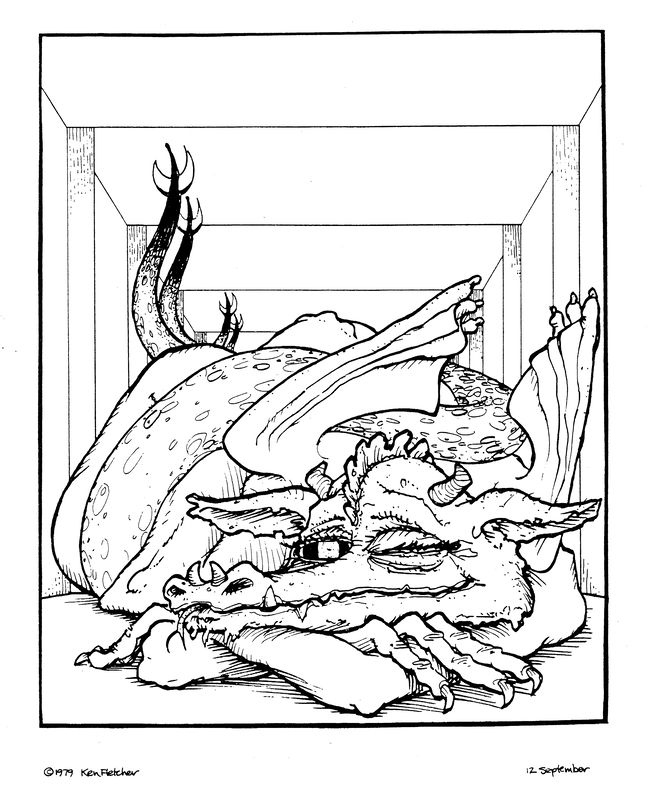
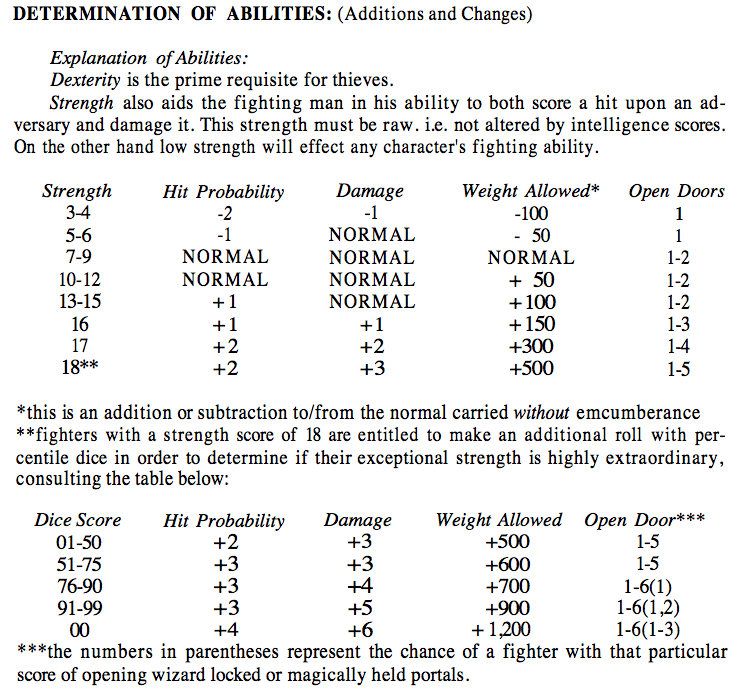
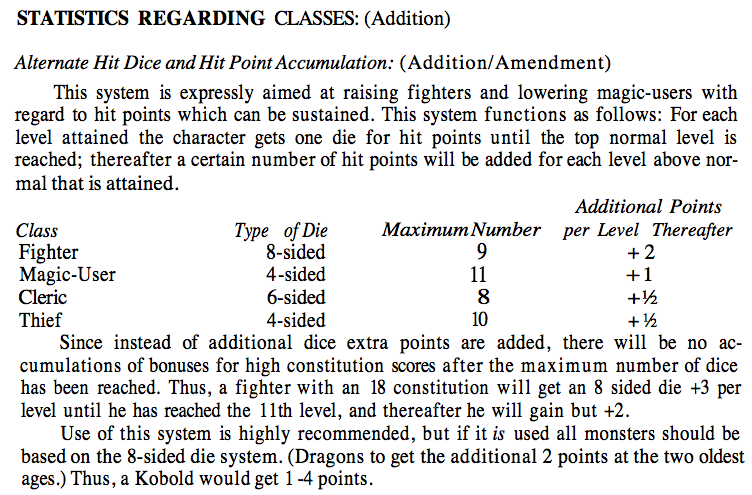
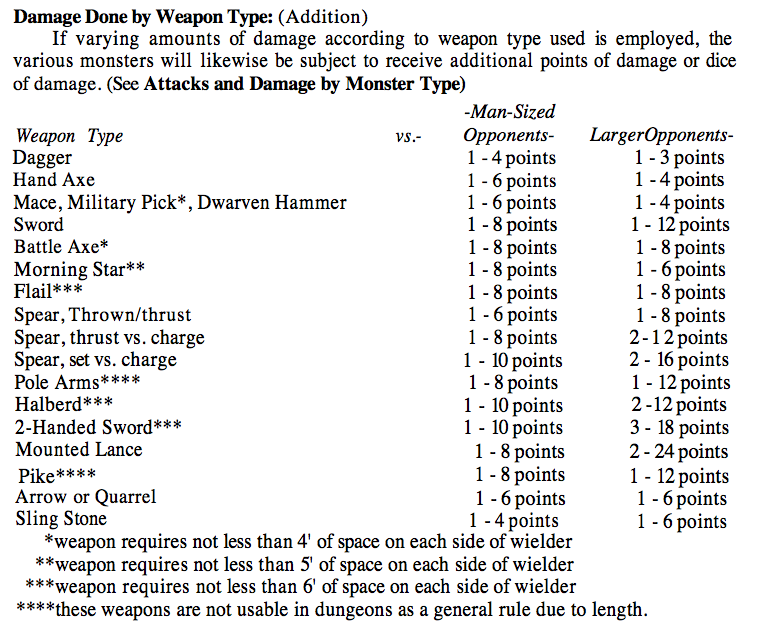
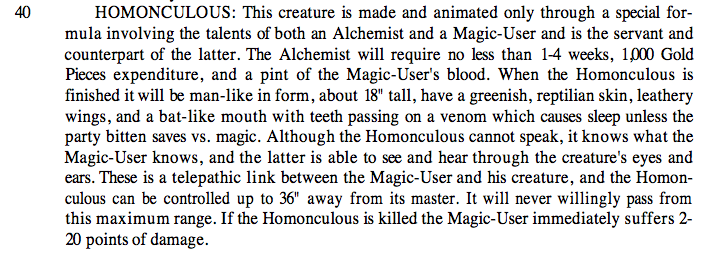
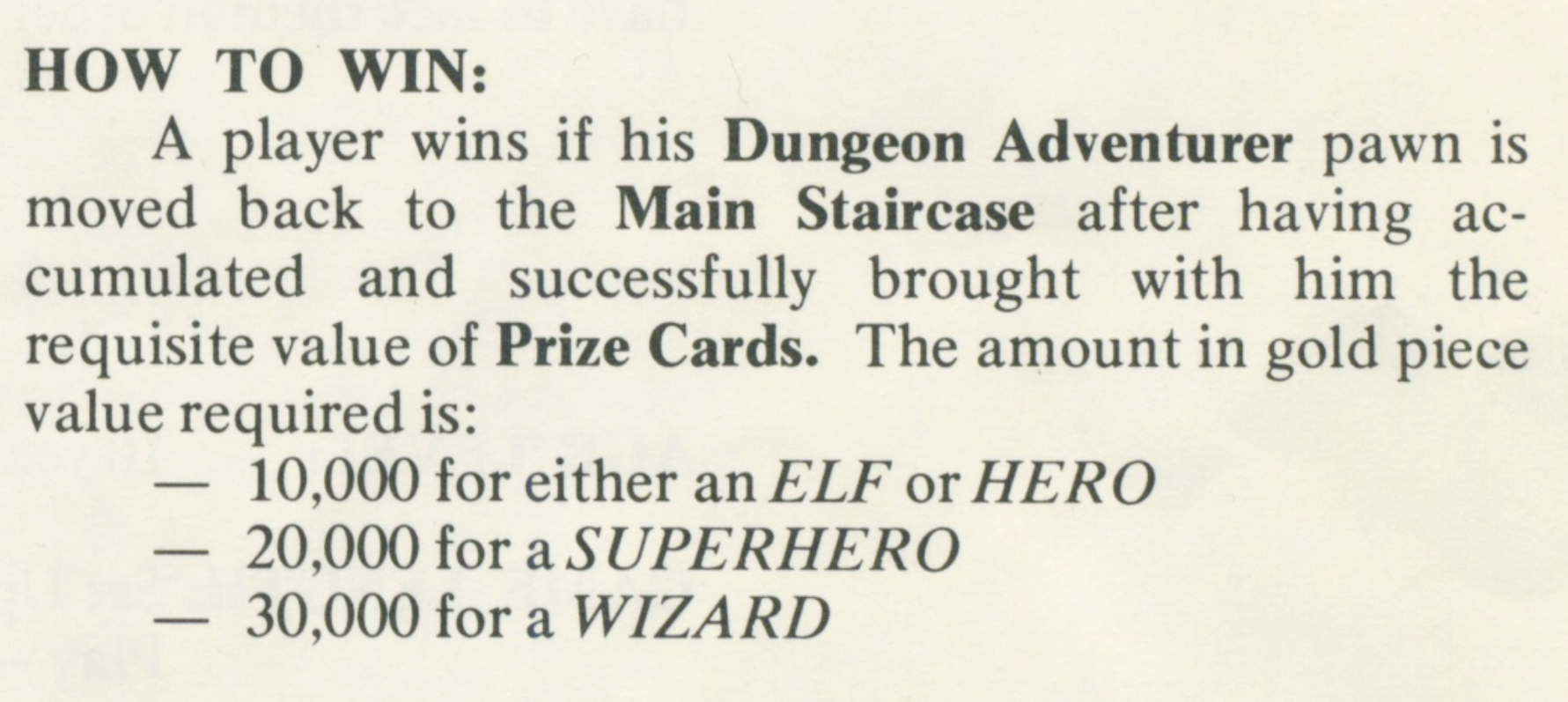

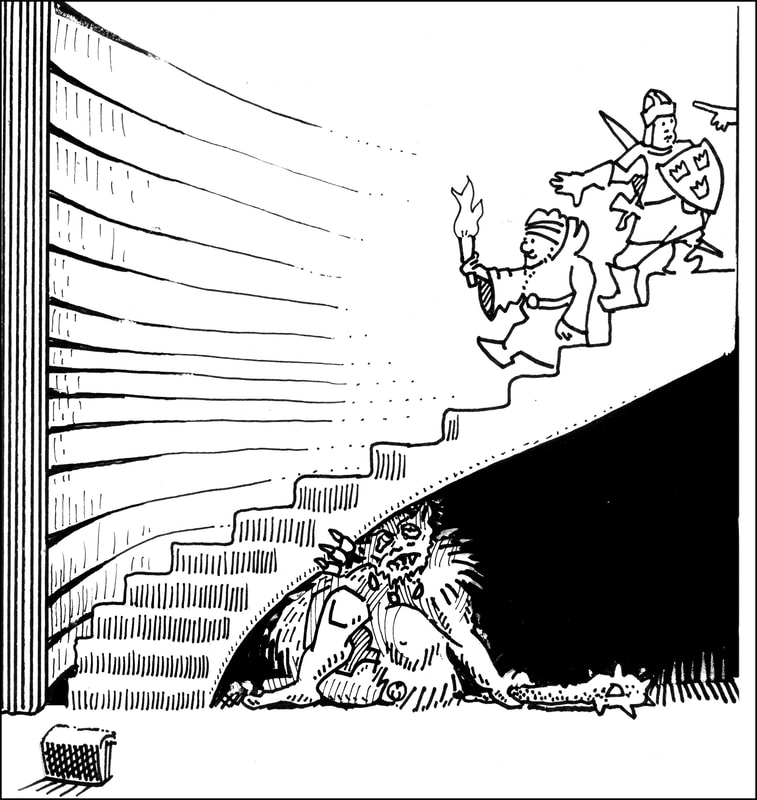
 RSS Feed
RSS Feed